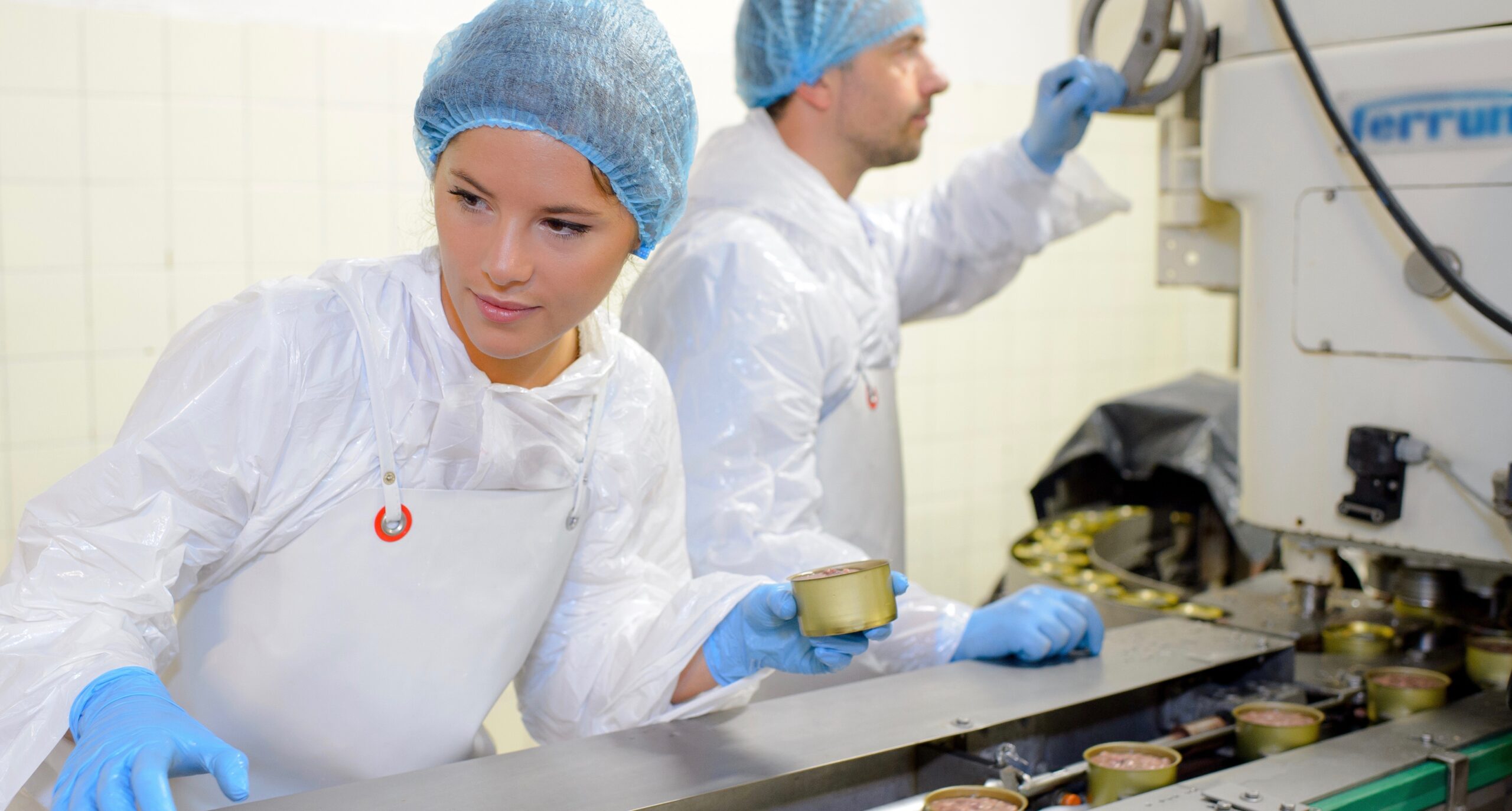Ergonomics: What Works When it Comes to Workplace Safety

Workplace injuries are common in manufacturing jobs that depend on manual labor, and they cost the food industry billions of dollars each year. Risk factors of workplace injury include exerting excessive force, performing the same tasks repetitively, and working in awkward postures — all conditions present on the floor in food manufacturing. Damage can range in scope, from minor sprains and strains, to more serious musculo-skeletal disorders (MSDs) like tendinitis or sciatica.
Not only are medical bills expensive, they can result in loss of time on the floor and increase the cost of business by adding medical expenses and worker’s compensation. Not to mention the damage that can happen to a company’s image, within the workplace and out in the public.
Ergonomic principles have been used in workplaces across the world to reduce harm or injury. These days, food companies without an ergonomic plan in place seriously risk reduced morale, high turnover, loss in revenue, and a possibly tarnished brand image.
Here are three ways your company can use ergonomics to reduce work-related injuries.
1. Improve Equipment and Procedures
Some of the most common injuries among frontline workers are sprains and strains. Some injuries might not even be noticed right away, like micro-traumas that take anywhere from weeks to years to develop. Improvements like arm supports, foot rests and adjustable workstations, and even anti-fatigue mats can help mitigate muscle fatigue by providing more support.
Introducing new equipment and procedures may require extra training. Short courses specific to your site or workstations can help drive home important safety messaging. Customizing existing training content or creating new course modules from scratch specific to certain procedures or equipment can help ensure your workforce is performing tasks ergonomically to avoid injuries.
2. Better Recordkeeping
A big reason why workplace injuries occur in the first place is because workers get fatigued. An effective way to avoid over-exertion is to make sure workers and shifts get rotated on a regular basis. One way to do this is by using proper documentation. Tracking software also helps to record which workers have completed the proper workplace safety training, including learning safe methods of lifting and handling.
However, it can be difficult to keep up with training records, especially when managing multiple employees across several facilities in different locations. Switching to a platform that can automate tracking and document work shifts and safety training is much easier than dealing with spreadsheets, and saves hours of administrative time. Automated recordkeeping also cuts down on the possibility for human error and can quickly identify training gaps. This makes it easier for supervisors to address the problem before it becomes an injury.
3. More Meaningful Communications
Keeping workplace safety issues top of mind using several different channels ensures important messaging reaches all employees. Using a variety of media, like visual posters, digital signage, and huddle guides during pre-shift meetings can help reinforce training topics. Studies show reinforcement training in short bursts can significantly improve learning retention rates.
Creating more opportunities for interaction also allows workers to communicate with their supervisors about symptoms, like tingling or numbness, early on. On-the-floor observation tools that can reinforce proper motions and task procedures in real time corrects problems in the moment, and gives workers an opportunity to address questions and concerns before they escalate.
Learn more about Alchemy’s multi-channel approach to workplace safety training.





